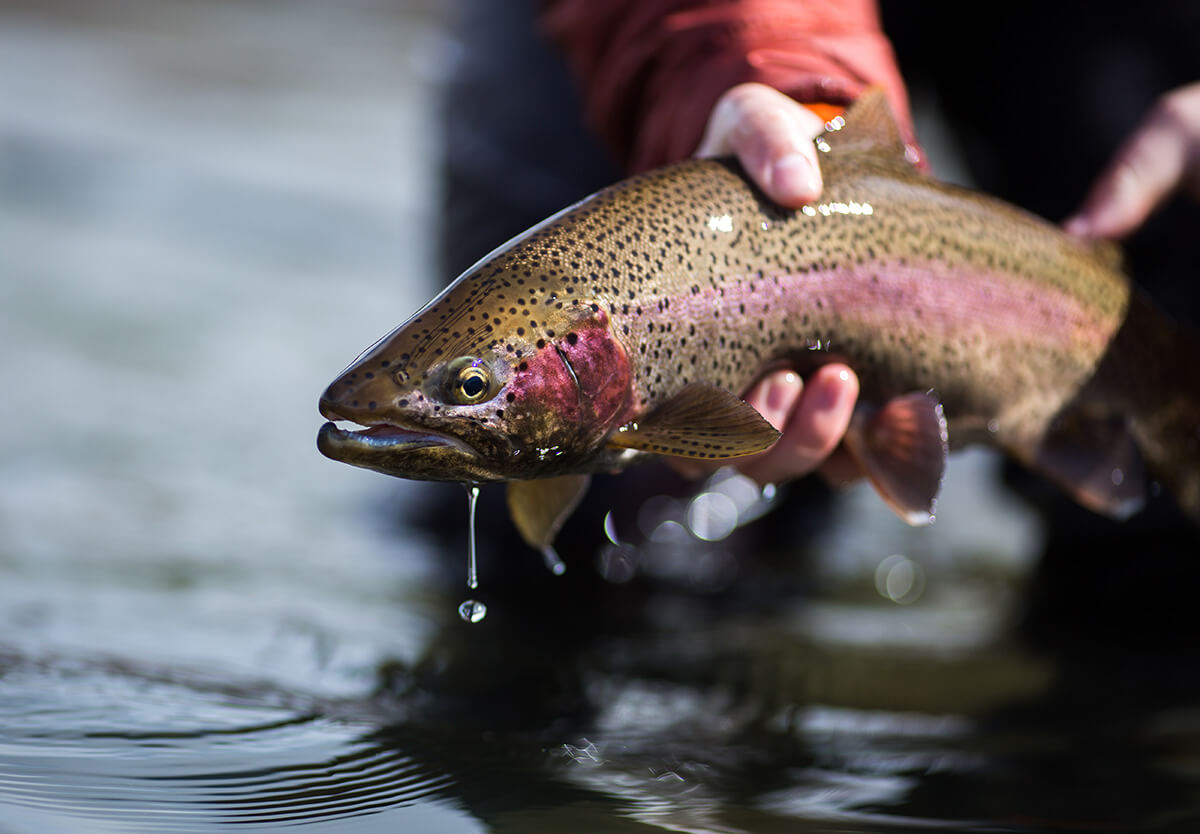Contamination Through Aquaculture
Benchmarking Antimicrobial Use
& Antimicrobials in the Environment
Page 09 /
Aquaculture
Just as in other food animals, antimicrobials are used in aquaculture to prevent and treat bacterial infections in fish and invertebrates. Typically antimicrobials are administered to fish through their food and are only rarely administered via injection or bath. With respect to administration of antimicrobials in feed, approximately 80% of the ingested antimicrobials will pass into the environment in feces or in urine and other secretions. These excreted antimicrobials will accumulate in sediments under or around aquaculture sites6. In addition, the unconsumed medicated feed, which can be as much as 30% if fish are diseased, will also be deposited in these sediments6. From there, the antimicrobials can be carried to sediments at distant sites. This can lead to antimicrobials affecting free-ranging fish, shellfish and other animals in close proximity to the aquaculture sites. In addition, with the antimicrobials’ activity intact, they can select for bacteria that are resistant to antimicrobials.
Available evidence suggests that aquaculture, along with farming of other food animals, is an important source of antimicrobials in the environment. However, unlike some of the other food animal industries, Canadian aquaculture is required to report all antimicrobial use with the goal to only use antimicrobials when needed.
It is important to ensure antimicrobials are only used when necessary under the guidance of a veterinarian.
